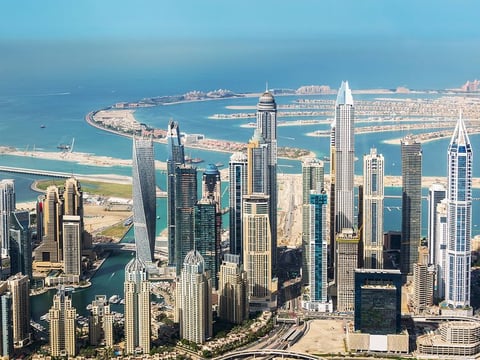Dubai developers must start thinking beyond generous payment plans.
Affordability in Housing: A Persistent Concern Amid Economic Shifts
Public memory often latches onto specific trends, and one such recurring theme is affordability. With the inflationary surge of 2023, this concern has become more pronounced. For many prospective buyers juggling mortgage pressures, housing affordability has reached its lowest point since 2007.
Globally, this issue stems largely from supply constraints failing to meet escalating demand. Even with a notable rise in mortgage rates over the past two years, property prices have remained stubbornly high. The luxury property segment stands as an exception, experiencing a dip in prices.
A Different Narrative in the UAE
In the UAE, however, the story has taken a unique turn. Between 2015 and 2020, concerns were focused on limited supply, prompting developers to introduce extensive payment plans to attract buyers. Post-pandemic, the market witnessed a surge in prices, leading to a rapid influx of new developments. Three years on, payment plans have become even more enticing, heavily influenced by the “Buy Now, Pay Later” model adopted in real estate.
Shifting Dynamics Between Ready and Offplan Properties
Economic principles suggest that risk-adjusted prices across asset classes should eventually align. Yet, housing demand has remained robust, driven by developers doubling as financiers. Cash flow now serves as a critical affordability metric, creating a wider gap between offplan and ready property prices. Consequently, offplan sales accounted for nearly 75% of total transactions in 2024, a substantial rise from 45% in 2019.
Refurbishments and Market Adjustments
Unlike other assets that adjust prices almost instantly to economic shifts, housing prices adapt more gradually. Sellers and investors of older properties have responded by refurbishing homes to remain competitive, but the price gap between ready and offplan properties persists.
Despite abundant options for buyers, median prices for ready homes are showing a slight decline, with offplan prices also softening. Developers’ announcements of imminent price hikes have had limited impact, as buyers lean toward properties on the outskirts for better deals.
Trends in Outskirts and Joint Ventures
Properties in suburban areas have adjusted prices more quickly, fueled by joint ventures between experienced developers and passive landlords. These collaborations occur in a market now regulated by master developers, who enforce stricter guidelines on land speculation and project timelines.
The focus has shifted for buyers, with monthly installment plans taking precedence over traditional valuation metrics like replacement cost, price-to-rent, or price-to-income ratios. The International Monetary Fund’s latest report highlights that price-to-income ratios in the UAE are at their lowest since 2013.
Distressed Properties and Auction Trends
As institutional investors exercise greater caution, there has been a rise in distressed property transactions and activity in Emirates Auctions. This reflects a growing subset of buyers unable to keep up with mortgage obligations.
For many, a house represents a home; for economists, it is an income-generating asset influencing inflation metrics. Housing ownership remains a vital element of long-term national policy, and the UAE continues to advance in this arena through privatizations and a thriving real estate market.
Looking Ahead: Affordability in Focus
While valuations are critical, the increasing emphasis on offplan properties hints at an eventual market correction. As affordability becomes a focal point, either market dynamics or government policies—such as smart rental index initiatives—may push developers toward more accessible pricing.
Whatever direction the market takes, affordability will be a central theme for developers and end-users in 2025, keeping valuations at the heart of the discussion.



